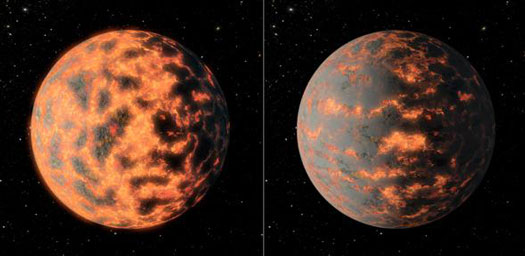 Astronomers have detected wildly changing temperatures on a super Earth - the first time any atmospheric variability has been observed on a rocky planet outside the solar system - and believe it could be due to huge amounts of volcanic activity, further adding to the mystery of what had been nicknamed the 'diamond planet'.
Astronomers have detected wildly changing temperatures on a super Earth - the first time any atmospheric variability has been observed on a rocky planet outside the solar system - and believe it could be due to huge amounts of volcanic activity, further adding to the mystery of what had been nicknamed the 'diamond planet'.
May 5th, 2015
Read more
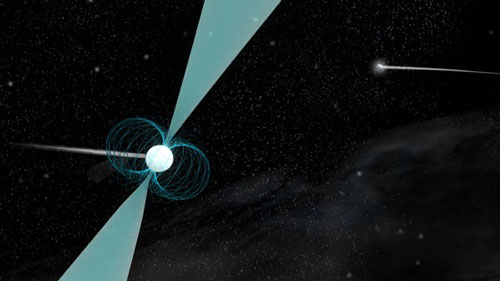 A team of highly determined high school students discovered a never-before-seen pulsar by painstakingly analyzing data from the Robert C. Byrd Green Bank Telescope (GBT). Further observations by astronomers using the GBT revealed that this pulsar has the widest orbit of any around a neutron star and is part of only a handful of double neutron star systems.
A team of highly determined high school students discovered a never-before-seen pulsar by painstakingly analyzing data from the Robert C. Byrd Green Bank Telescope (GBT). Further observations by astronomers using the GBT revealed that this pulsar has the widest orbit of any around a neutron star and is part of only a handful of double neutron star systems.
May 1st, 2015
Read more
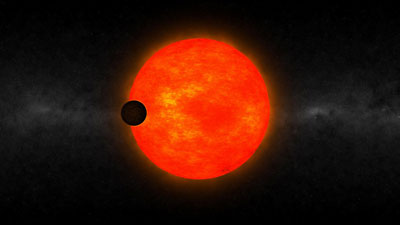 The discovery of a strange exoplanet orbiting very close to a small cool star 500 light years away is challenging ideas about how planets form.
The discovery of a strange exoplanet orbiting very close to a small cool star 500 light years away is challenging ideas about how planets form.
May 1st, 2015
Read more
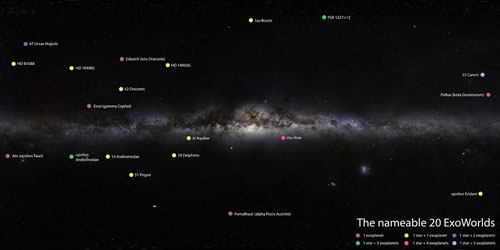 The NameExoWorlds contest, organised by the IAU and Zooniverse, is now entering its next stage. The 20 most popular ExoWorlds have been made available for naming proposals from registered clubs and non-profit organisations.
The NameExoWorlds contest, organised by the IAU and Zooniverse, is now entering its next stage. The 20 most popular ExoWorlds have been made available for naming proposals from registered clubs and non-profit organisations.
Apr 30th, 2015
Read more
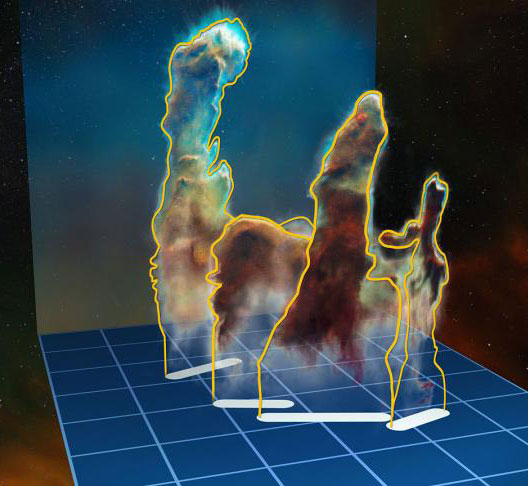 New study suggests that iconic structures more aptly named the Pillars of Destruction.
New study suggests that iconic structures more aptly named the Pillars of Destruction.
Apr 30th, 2015
Read more
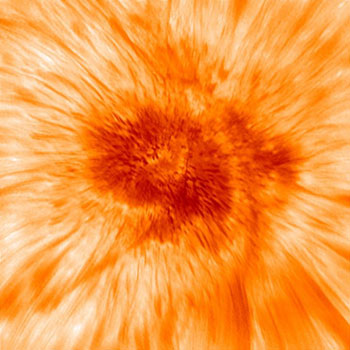 Groundbreaking images of the Sun captured by scientists at Big Bear Solar Observatory (BBSO) give a first-ever detailed view of the interior structure of umbrae - the dark patches in the center of sunspots - revealing dynamic magnetic fields responsible for the plumes of plasma that emerge as bright dots interrupting their darkness.
Groundbreaking images of the Sun captured by scientists at Big Bear Solar Observatory (BBSO) give a first-ever detailed view of the interior structure of umbrae - the dark patches in the center of sunspots - revealing dynamic magnetic fields responsible for the plumes of plasma that emerge as bright dots interrupting their darkness.
Apr 29th, 2015
Read more
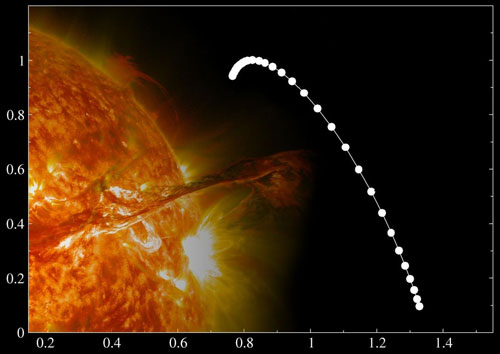 The famous sunspots on the surface of the Earth's star result from the dynamics of strong magnetic fields, and their numbers are an important indicator of the state of activity on the Sun. Researchers have been conducting multifractal analysis into the changes in the numbers of sunspots. The resulting graphs were surprisingly asymmetrical in shape, suggesting that sunspots may be involved in hitherto unknown physical processes.
The famous sunspots on the surface of the Earth's star result from the dynamics of strong magnetic fields, and their numbers are an important indicator of the state of activity on the Sun. Researchers have been conducting multifractal analysis into the changes in the numbers of sunspots. The resulting graphs were surprisingly asymmetrical in shape, suggesting that sunspots may be involved in hitherto unknown physical processes.
Apr 29th, 2015
Read more
 A team of astronomers using ground-based telescopes in Hawaii, California, and Arizona recently discovered a planetary system orbiting a nearby star that is only 54 light-years away. All three planets orbit their star at a distance closer than Mercury orbits the sun, completing their orbits in just 5, 15, and 24 days.
A team of astronomers using ground-based telescopes in Hawaii, California, and Arizona recently discovered a planetary system orbiting a nearby star that is only 54 light-years away. All three planets orbit their star at a distance closer than Mercury orbits the sun, completing their orbits in just 5, 15, and 24 days.
Apr 29th, 2015
Read more
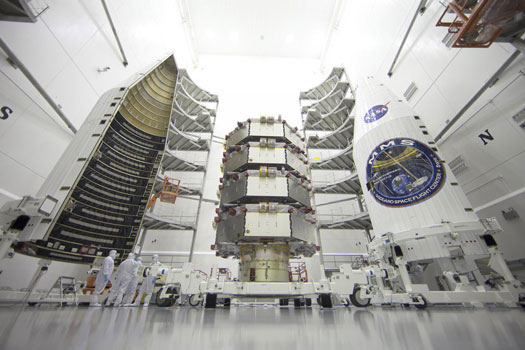 It was unprecedented developing a mission that could fly four identically equipped spacecraft in a tight formation and take measurements 100 times faster than any previous space mission - an achievement enabled in part by four NASA-developed technologies that in some cases took nearly 10 years to mature.
It was unprecedented developing a mission that could fly four identically equipped spacecraft in a tight formation and take measurements 100 times faster than any previous space mission - an achievement enabled in part by four NASA-developed technologies that in some cases took nearly 10 years to mature.
Apr 29th, 2015
Read more
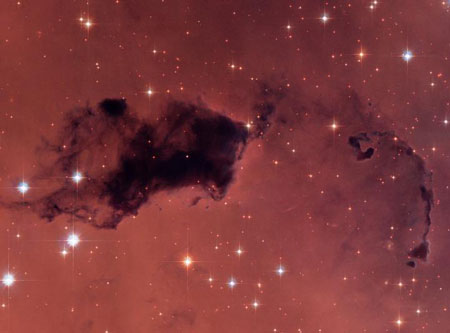 How soon after the Big Bang could water have existed? Not right away, because water molecules contain oxygen and oxygen had to be formed in the first stars. Then that oxygen had to disperse and unite with hydrogen in significant amounts. New theoretical work finds that despite these complications, water vapor could have been just as abundant in pockets of space a billion years after the Big Bang as it is today.
How soon after the Big Bang could water have existed? Not right away, because water molecules contain oxygen and oxygen had to be formed in the first stars. Then that oxygen had to disperse and unite with hydrogen in significant amounts. New theoretical work finds that despite these complications, water vapor could have been just as abundant in pockets of space a billion years after the Big Bang as it is today.
Apr 28th, 2015
Read more
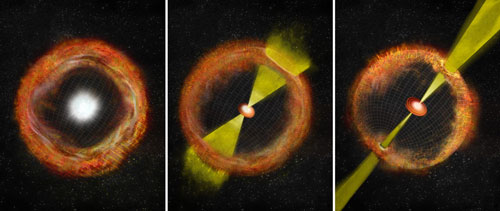 Cosmic blast is intermediate example between 'ordinary' supernovae and ones that produce gamma-ray bursts.
Cosmic blast is intermediate example between 'ordinary' supernovae and ones that produce gamma-ray bursts.
Apr 27th, 2015
Read more
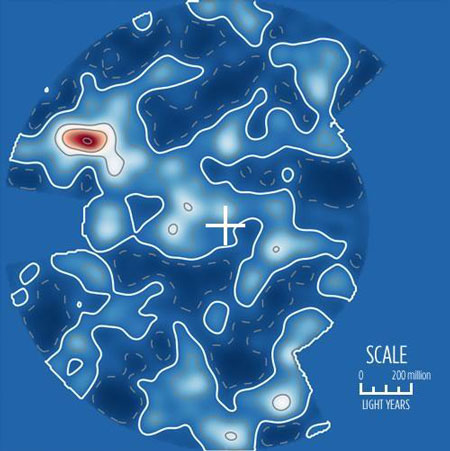 Astrophysicists have created a 3D map of the universe that spans nearly two billion light years and is the most complete picture of our cosmic neighbourhood to date.
Astrophysicists have created a 3D map of the universe that spans nearly two billion light years and is the most complete picture of our cosmic neighbourhood to date.
Apr 27th, 2015
Read more
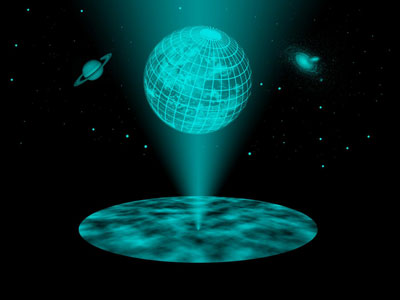 Describing the universe requires fewer dimensions than we might think; new calculations show that this may not just be a mathematical trick, but a fundamental feature of space itself.
Describing the universe requires fewer dimensions than we might think; new calculations show that this may not just be a mathematical trick, but a fundamental feature of space itself.
Apr 27th, 2015
Read more
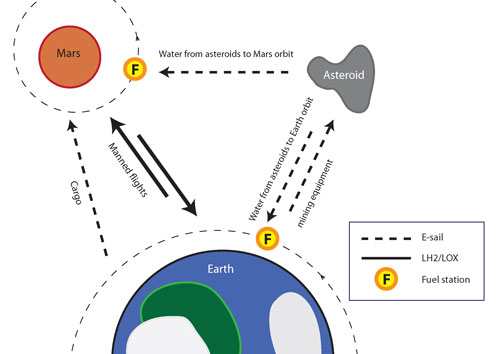 The E-sail is a novel propellantless technology that was invented in Finland in 2006. The E-sail utilises long, charged tethers to convert natural solar wind momentum flux into spacecraft thrust.
The E-sail is a novel propellantless technology that was invented in Finland in 2006. The E-sail utilises long, charged tethers to convert natural solar wind momentum flux into spacecraft thrust.
Apr 27th, 2015
Read more
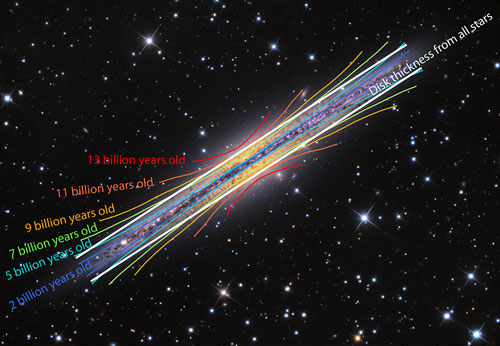 A long-standing puzzle regarding the nature of disk galaxies has finally been solved by a team of astronomers using state-of-the-art theoretical models.
A long-standing puzzle regarding the nature of disk galaxies has finally been solved by a team of astronomers using state-of-the-art theoretical models.
Apr 24th, 2015
Read more
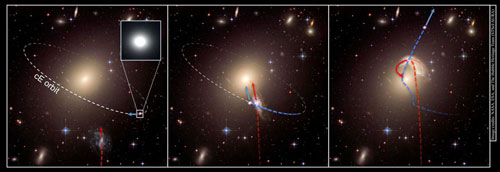 We know of about two dozen runaway stars, and have even found one runaway star cluster escaping its galaxy forever. Now, astronomers have spotted 11 runaway galaxies that have been flung out of their homes to wander the void of intergalactic space.
We know of about two dozen runaway stars, and have even found one runaway star cluster escaping its galaxy forever. Now, astronomers have spotted 11 runaway galaxies that have been flung out of their homes to wander the void of intergalactic space.
Apr 23rd, 2015
Read more
 Tests carried out in zero-gravity on board the FOKUS research rocket. Successful demonstration of technology for the QUANTUS mission.
Tests carried out in zero-gravity on board the FOKUS research rocket. Successful demonstration of technology for the QUANTUS mission.
Apr 23rd, 2015
Read more
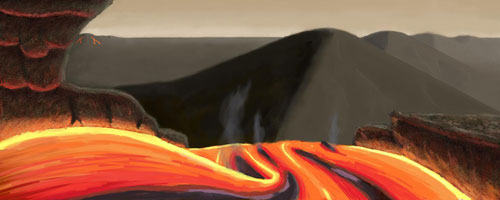 The list of potential life-supporting planets just got a little shorter.
The list of potential life-supporting planets just got a little shorter.
Apr 22nd, 2015
Read more
 Astronomers have detected wildly changing temperatures on a super Earth - the first time any atmospheric variability has been observed on a rocky planet outside the solar system - and believe it could be due to huge amounts of volcanic activity, further adding to the mystery of what had been nicknamed the 'diamond planet'.
Astronomers have detected wildly changing temperatures on a super Earth - the first time any atmospheric variability has been observed on a rocky planet outside the solar system - and believe it could be due to huge amounts of volcanic activity, further adding to the mystery of what had been nicknamed the 'diamond planet'.
 Subscribe to our Space Exploration News feed
Subscribe to our Space Exploration News feed















